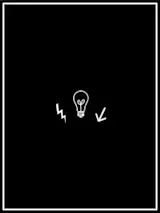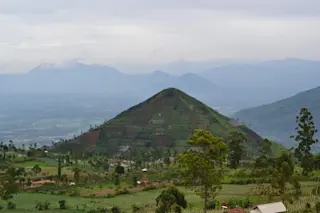Life in the southwestern corner of colorado can be difficult in the best of times. Rainfall is scarce, making growth hard even for the scrubby sagebrush and tough piñon and juniper trees that dot the arid land. In summer the heat is oppressive on the flatlands, and only slightly more tolerable on top of the flat, high mesas that jut above the horizon. Winter is not much better. Chapin Mesa, one of the largest features in the area, dominates the landscape and the imagination. Tucked away within its hidden canyons are the famous cliff dwellings built long ago by the Anasazi Indians. Sheltered by enormous natural overhangs, each village is a dense cluster of brick-walled rooms stacked two or three stories high, fronted by sunny plazas. Tiny windows in some rooms yield glimpses of paintings on inside walls; subterranean gathering rooms—called kivas—feature benches and elaborate ventilation systems. Everything is constructed ...
American Cannibal
Signs of an ancient horror lie buried in the southwestern desert. And with them lie hints of a complex societycaught up in turbulent times.
More on Discover
Stay Curious
SubscribeTo The Magazine
Save up to 40% off the cover price when you subscribe to Discover magazine.
Subscribe













